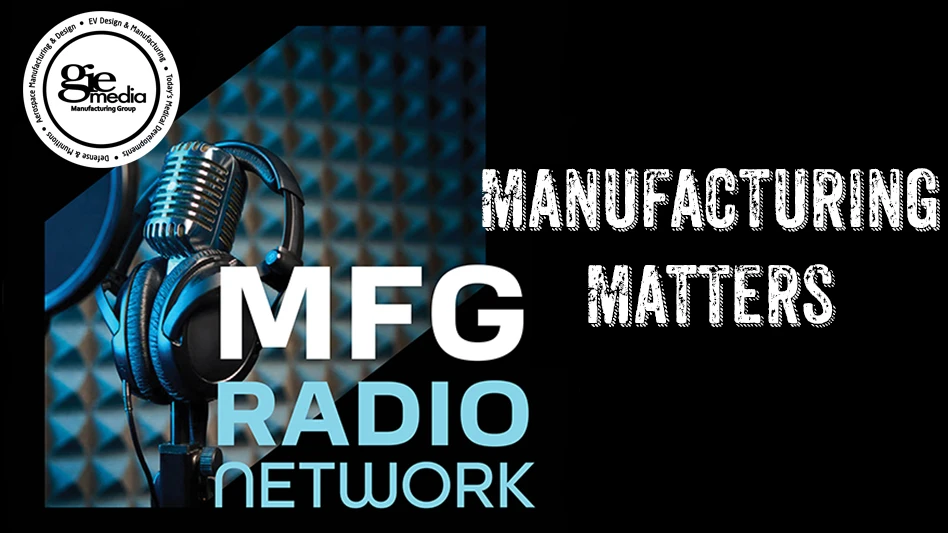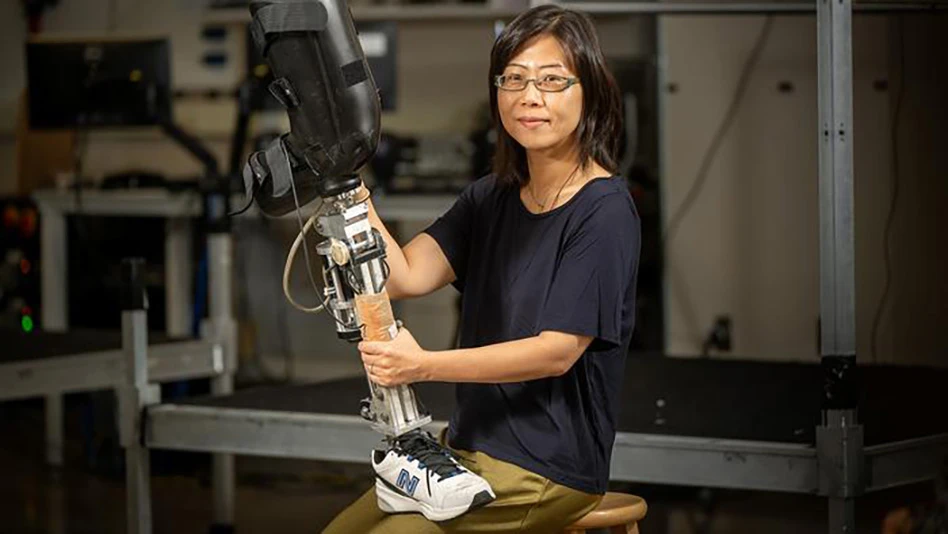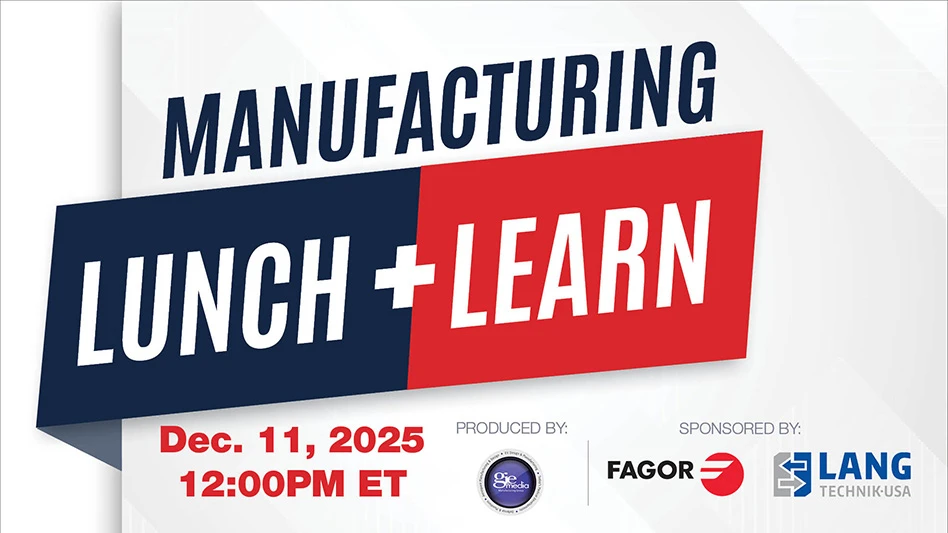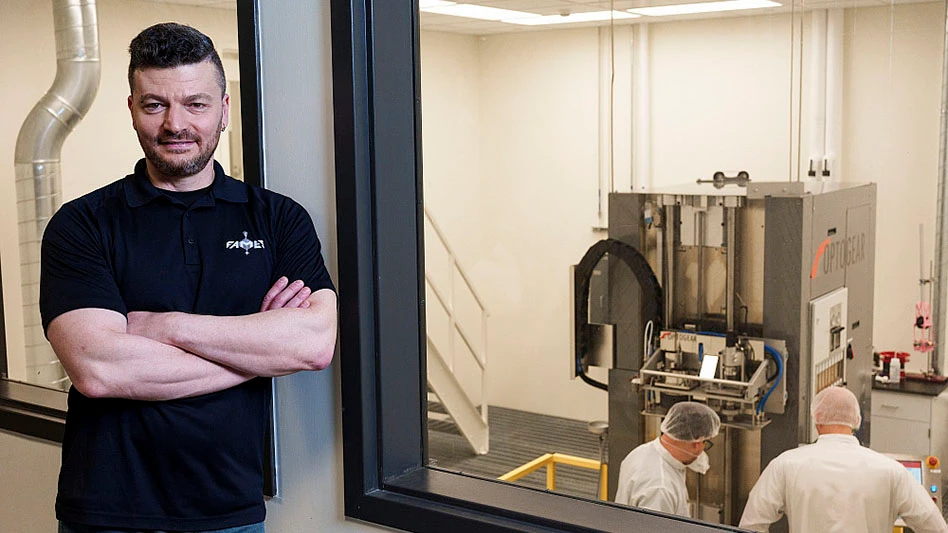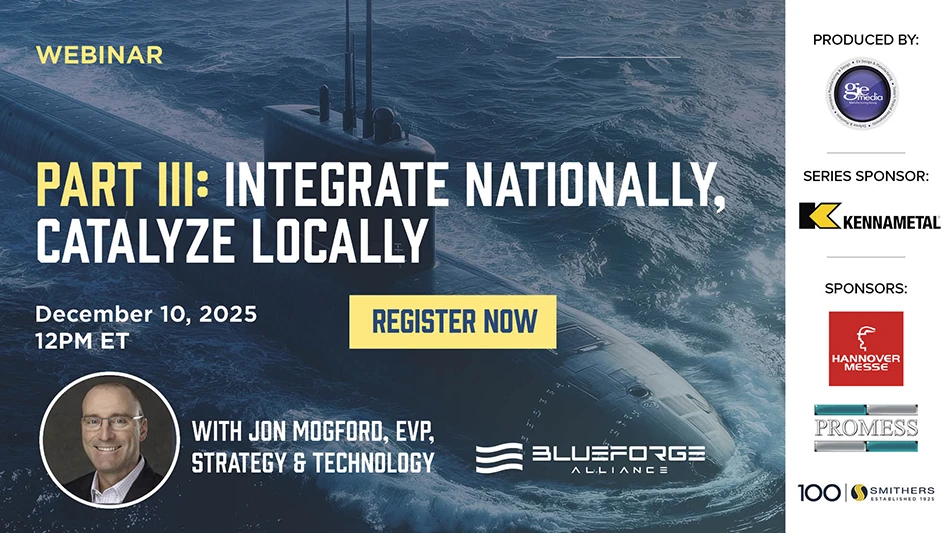Carestream Tollcoating has established a Coating Assessment Laboratory. The new facility, located in Windsor, Colo., contains custom mixing, solution delivery, coating, drying, and analytical equipment used for small scale, early-stage product and process development. The lab enhances Carestream Tollcoating’s ability to predict how a given coating solution and substrate system will behave in various manufacturing operations before scaling up to larger pilot-scale and manufacturing-scale equipment.
The Coating Assessment Laboratory (CAL) is quickly becoming Carestream Tollcoating’s center of excellence for laboratory-scale coating solution quality assessment. The solutions and coating methods employed in the laboratory, along with various analytical test methods, are used to assess coating solution characteristics, the final coating quality and the physical durability of those coatings on various substrates.
CAL engineers and technicians assess the physical and chemical properties of coating solutions and the resulting final products. Adjustments are made to the coating solution chemistries, mixing/solution delivery methods, and/or coating methods based on the data gathered in the lab. Models are then used to predict how coating, drying, and curing conditions will impact final product quality. This well-practiced quality assessment process is used to ensure product specifications are met on the laboratory scale before ever moving up to larger (and more expensive) pilot and manufacturing scales.
Work performed in the Coating Assessment Laboratory is directed to answer questions such as:
- What are the best drying and curing conditions for the pilot and manufacturing lines in order to achieve required product quality specifications?
- If formula modifications are required to improve product quality, will it affect the manufacturing window?
- How can an existing product be modified to enable lower haze for a given market segment? If the product quality specifications change, what must be done to materials and process conditions to enable this?
- What is the coating window for a given solution viscosity? Can the rheology be modified to improve the coating window and thus create a higher-quality product?
- If the particle size distribution changes in the coating solution, will it impact product quality? Will changes in filtration and solution delivery be required to ensure a quality manufacturing process?
The Coating Assessment Laboratory efforts are focused on the materials and processes used to ensure that quality coating solutions are created using those materials, and on the coating methodologies used to deploy those solutions on a variety of substrates. Experiments are focused on creating higher-quality products with manufacturing process windows at scales that do not require large amounts of material. This allows products to move to the commercial scale more quickly with ultimately fewer runs on pilot and manufacturing machines, which makes product scale-up more efficient.
Latest from Today's Medical Developments
- GrindingHub Americas launches in 2027 in Cincinnati, Ohio
- Methods Machine Tools now offers the Nakamura-Tome NT-Flex
- Battelle awards $900,000 in STEM education grants to Ohio schools
- #55 Lunch + Learn Podcast with KINEXON
- Starrett and Gerstner offer limited edition, American made 1950s replica wooden machinist tool chests
- EMCO’s UNIVERSALTURN 50: The new benchmark in universal turning
- Archetype's Expertise for Equity accelerates early-stage innovation
- Stratasys expands its AM solutions with Tritone's cutting-edge technology

